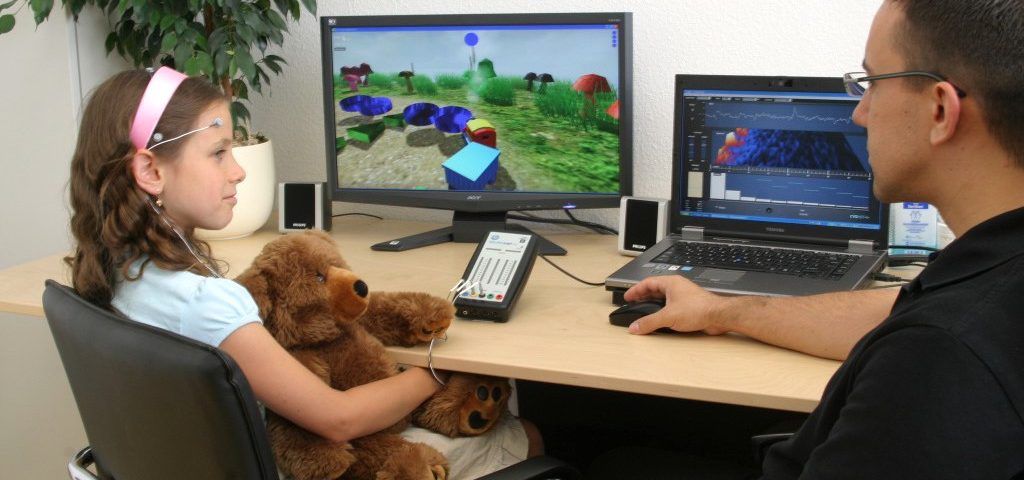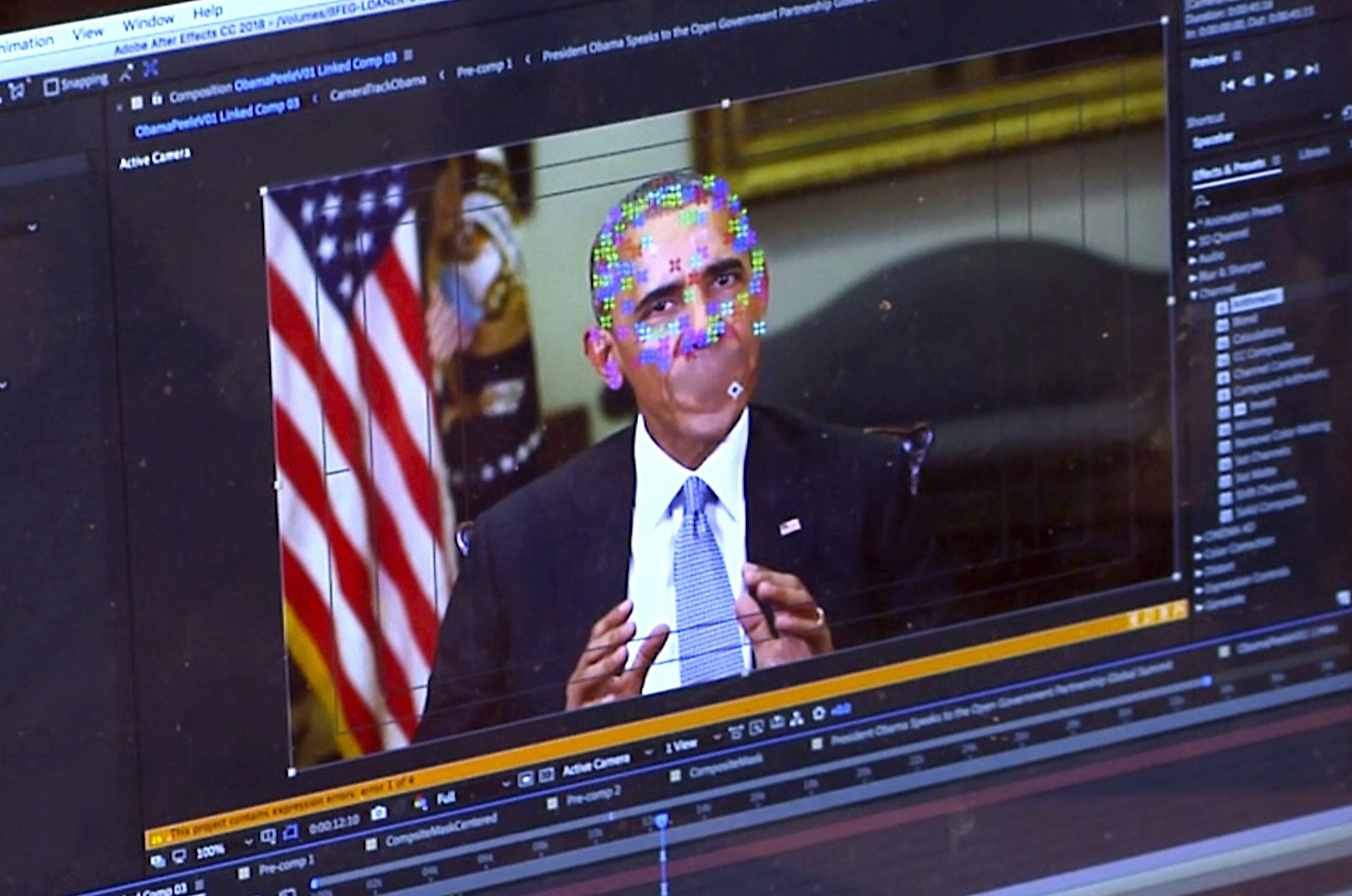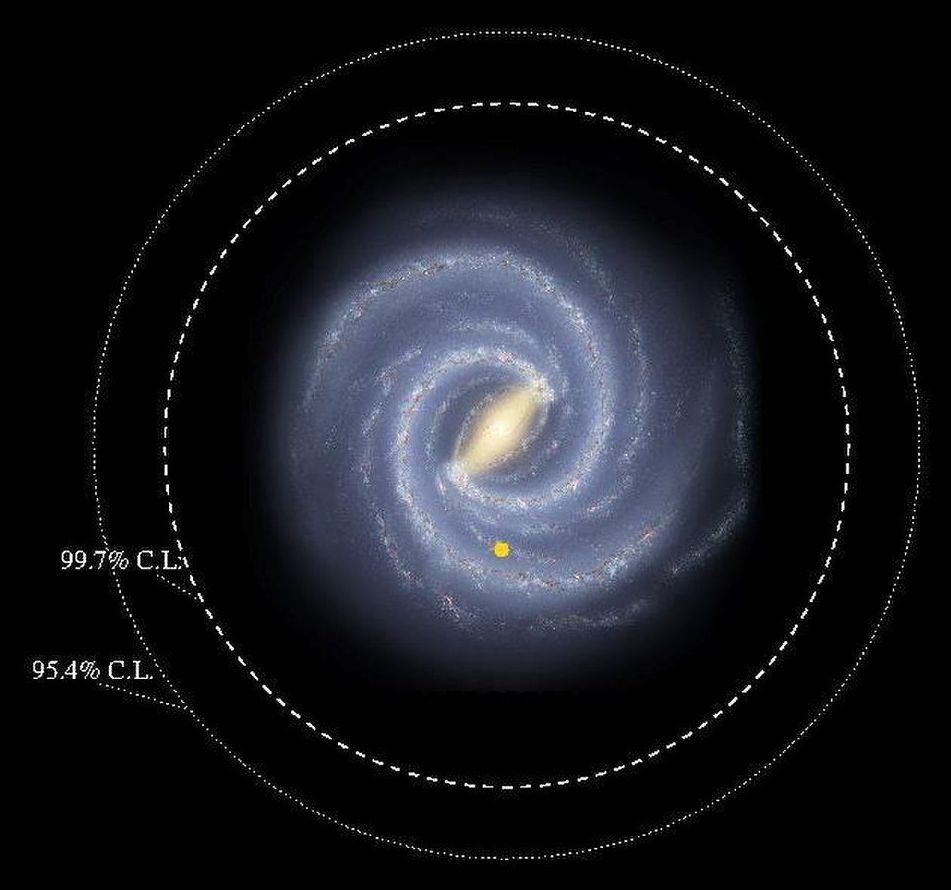Page 9945
Jul 3, 2018
This mysterious space object is baffling astronomers all over the world
Posted by Michael Lance in category: cosmology
The flash was about ten times brighter than a normal supernova.
Two telescopes that are part of the ATLAS project in Hawaii have discovered an unnaturally bright explosion in the sky.
The discovery, made in mid-June, was published in Astronomer’s Telegram, where the object was assigned the name AT2018cow or “The Cow” for short.
Continue reading “This mysterious space object is baffling astronomers all over the world” »
Jul 3, 2018
Meta-analysis finds sustained benefits of neurofeedback for kids with ADHD
Posted by Alvaro Fernandez in categories: computing, neuroscience
Fascinating findings: “1. Neurofeedback yields significant reductions in parent ratings of inattentive and hyperactive-impulsive symptoms. 2. These reductions persist for up to 2–12 months after neurofeedback ends. 3. Although medication has a larger initial effect, symptom reductions resulting from neurofeedback and medication may be comparable over a more extended time period.”
In neurofeedback treatment for ADHD, individuals learn to alter their typical pattern of brainwave activity, i.e., EEG activity, to one that is consistent with a focused and attentive state.
This is done by collecting EEG data from individuals as they focus on stimuli presented on a computer screen. Their ability to control the stimuli, e.g., keeping the smile on a smiley face keeping a video playing, depends on their maintaining an EEG state that reflects focused attention.
Continue reading “Meta-analysis finds sustained benefits of neurofeedback for kids with ADHD” »
Jul 3, 2018
Germany’s Bayer closes $63 billion Monsanto takeover, plans to drop US company’s name
Posted by Derick Lee in categories: biotech/medical, business, food, genetics
Monsanto’s agricultural biotechnology research and development operations that are going to Bayer are the largest in the world and include making genetically modified seeds for such crops as corn, soybeans and cotton. Corn represented almost 60 percent of Monsanto’s total seed and genomics business last year.
German conglomerate Bayer on Thursday closed its $63 billion merger with St. Louis-based agribusiness giant Monsanto and plans to drop the U.S. company’s name.
Jul 2, 2018
I never said that! High-tech deception of ‘deepfake’ videos
Posted by Genevieve Klien in categories: robotics/AI, security
WASHINGTON — Hey, did my congressman really say that? Is that really President Trump on that video, or am I being duped?
New technology on the internet lets anyone make videos of real people appearing to say things they’ve never said. Republicans and Democrats predict this high-tech way of putting words in someone’s mouth will become the latest weapon in disinformation wars against the United States and other Western democracies.
We’re not talking about lip-syncing videos. This technology uses facial mapping and artificial intelligence to produce videos that appear so genuine it’s hard to spot the phonies. Lawmakers and intelligence officials worry that the bogus videos — called deepfakes — could be used to threaten national security or interfere in elections.
Continue reading “I never said that! High-tech deception of ‘deepfake’ videos” »
Jul 2, 2018
Sitting tied to raised risk of death from 14 diseases
Posted by Nicholi Avery in categories: biotech/medical, health, neuroscience
(HealthDay)—Get up off of the couch: Sitting too much may kill you even if you exercise regularly.
If you sit for six hours a day or more, your risk of dying early jumps 19 percent, compared with people who sit fewer than three hours, an American Cancer Society study suggests.
And, the study authors added, sitting may kill you in 14 ways, including: cancer; heart disease; stroke; diabetes; kidney disease; suicide; chronic obstructive pulmonary disease (COPD); lung disease; liver disease; peptic ulcer and other digestive disease; Parkinson’s disease; Alzheimer’s disease; nervous disorders; and musculoskeletal disorders.
Jul 2, 2018
Birth of a planet captured for first time as gas giant bigger than Jupiter swirls into existence
Posted by Genevieve Klien in category: space
E ven by astronomical standards it is a discovery that is out of this world.
Scientists have for the first time witnessed the birth of a planet, a huge gas giant many times the size of Jupiter, swirling into existence 370 light years from Earth.
The theory of how gas planets form from a vortex of hydrogen and helium molecules captivated by their own gravity, is now widely accepted by scientists. But it has never been seen before, until now.
Jul 2, 2018
It Would Take 200,000 Years at Light Speed to Cross the Milky Way
Posted by Genevieve Klien in category: space travel
The disk of our home galaxy – the Milky Way – is bigger than we previously thought. A new study shows it would take 200,000 years for a spaceship traveling at the speed of light to go across the entire galaxy.
Researchers made the find after analyzing the abundances of metals (heavy elements) in stars, also known as their metallicities. When looking beyond the previously assumed boundary of the Milky Way’s disk, scientists were surprised to see stars with compositions resembling those of disk stars. [Amazing Photos of Our Milky Way Galaxy]
“We have shown that there is an appreciable fraction of stars with higher metallicity, characteristic of disc stars, further out than the previously assumed limit on the radius of the galaxy disc,” study co-author Carlos Allende, a researcher at Astrophysics Institute of the Canary Islands (Instituto de Astrofisica de Canarias, said in a statement.
Continue reading “It Would Take 200,000 Years at Light Speed to Cross the Milky Way” »
Jul 2, 2018
How quantum computers will change everything without you noticing
Posted by Genevieve Klien in categories: computing, quantum physics
Everyone keeps saying quantum computers are going to change everything, but how come we’re still buying regular ones? Chances are, the quantum revolution will happen behind the scenes.
Jul 2, 2018
A team of researchers may have actually found a cure to the common cold
Posted by Ian Hale in category: biotech/medical
Researchers have created a new molecule — IMP-1088 — that can render the human body inhospitable for certain viruses. The tests carried out show it can block several strains of rhinovirus, which is the main cause of the common cold.


















